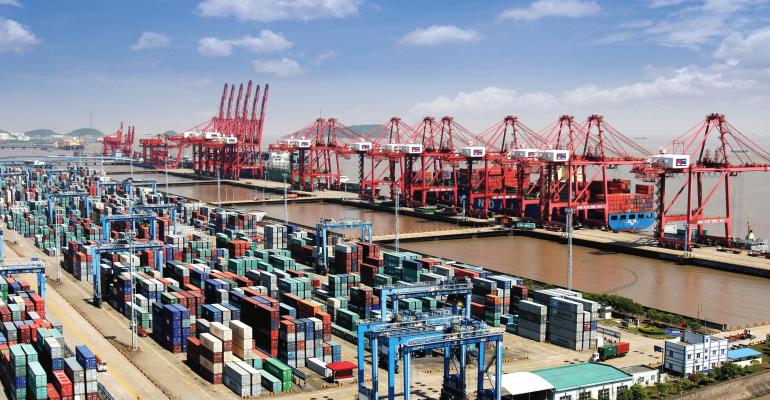The volumes of 26m teu handled by Ningbo-Zhoushan sees its surpassing Shenzhen, which reported a throughput of 25.74m teu last year, to become the world’s third largest container ports.
To improve container throughput, Ningbo-Zhoushan port has been actively co-operating with shipping alliances on shipping routes deployment and local resources expansion and strengthening its position as a hub port for international shipping business. The port operates 246 shipping routes as the end of 2018.
The fast growing of sea-railway combined transportation in Ningbo-Zhoushan port has greatly driven the increasing of its container throughput. The port opened nine sea-railway combined routes last year, including seven routes with over 5,000 teu volume monthly. In 2018, the port completed over 600,000 teu sea-railway cargo volume, a growth of 50% year-on-year.
The Chinese port comes in behind Singapore as the second busiest container port in the world and Shanghai in the number one spot for the ninth consecutive year with a volume of 42.01m teu last year.
Read more: Shanghai retains crown of world’s busiest container port
Ningbo-Zhoushan port recorded 24.64m teu container throughput in 2017. It is also a hub port for domestic iron ore, crude oil, coal and liquid chemical products transit and storage.
Copyright © 2024. All rights reserved. Seatrade, a trading name of Informa Markets (UK) Limited. Add Seatrade Maritime News to your Google News feed.


